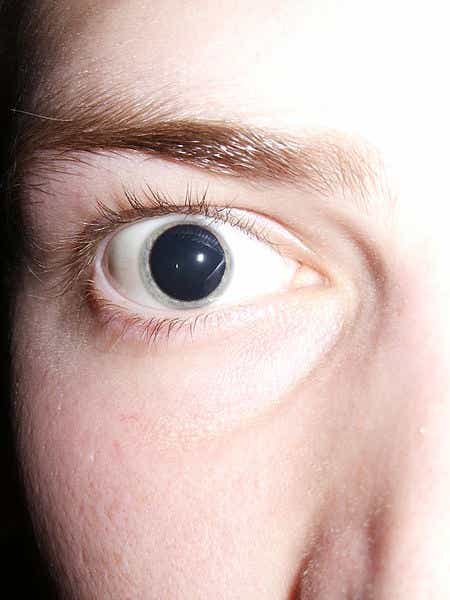

Serotonin receptors in the brain are affected by hallucinogenic substances like LSD, which can cause pupil dilation. Mydriasis can be caused by substances like cocaine, ecstasy, hallucinogens, and crystal methamphetamine. Oxytocin is primarily responsible for psychological changes including heightened emotional attachment and sexual desire. It also has an important role to perform during birthing. Increased oxytocin levels might cause a brief mild to moderate dilatation of the pupils.Įxercise and intimate physical or social interactions with other people release oxytocin. Schedule an appointment with an eye doctor near you, if you notice that your eyes are dilated, even in bright light. If you have cranial nerve neuropathy, you may notice other signs and symptoms in your eyes, such as impaired vision. One or both eyes may be affected by cranial nerve neuropathy. Cranial nerve neuropathyĬranial nerve neuropathy is a condition in which the nerves that supply the eyes gradually deteriorate.ĭamage to the oculomotor nerve, which controls pupil constriction and dilation, could result in mydriasis. Increased intracranial pressure caused by any type of brain injury from a trauma, tumor, or stroke can affect pupil size, typically in one eye.Ī ‘blown pupil’ is a term used to describe mydriasis produced by a traumatic brain injury. This can affect the pupils’ response to light.ĭepending on the origin of your injury, you may have additional symptoms. Injury to the eyeīlunt force trauma to the eye can damage the nerves that regulate the pupils or the iris, the pigmented area of the eye. When you stop taking these medications, your pupils should return to normal. Your pupils will dilate as a result of using anticholinergics, and you may experience blurry vision and dizziness if your mydriasis is caused by prescription medicine. Mydriasis can occur for a variety of reasons, including: AnticholinergicsĪnticholinergics treat a variety of physical ailments that affect how muscles relax and contract. When pupils remain enlarged even in bright surroundings, it is a condition known as mydriasis. Pupils can dilate for a variety of reasons that are unrelated to light levels. In most cases, the pupils dilate or widen in response to low light so that more light can be collected. They collect light and direct it to the retina, where it is transformed into images. The dark circles in your eyes are called pupils. Contact lenses do not provide eye protection, and physicians should be familiar with guidelines for the use of contacts in the workplace.If you have noticed one or both pupils remain large, it’s an eye condition known as mydriasis.

Outdoor workers exposed to significant ultraviolet rays need sun protection and safety counseling to prevent age-related macular degeneration. As laser use increases in industry and medical settings, adequate personal protection is needed to prevent cataracts. Primary prevention and patient counseling on proper eye protection is essential because over 90 percent of injuries can be avoided with the use of eye protection. The patient's history of eye injury guides the diagnosis. Nontraumatic causes of ocular illness are underreported work-related allergic conjunctivitis increasingly has been recognized among food handlers and agriculture workers who are exposed to common spices, fruits, and vegetables. Chemical eye burns require immediate copious irrigation. Sudden eye pain after working with a chisel, hammer, grinding wheel, or saw suggests a penetrating globe injury.

Blunt trauma to the eye from a heavy object can cause a blow-out fracture. Eye patching does not improve cornea reepithelialization or discomfort from corneal abrasions. The tray should be prepared in advance in case of an eye injury. A well-equipped eye tray includes fluorescein dye, materials for irrigation and foreign body removal, a short-acting mydriatic agent, and topical anesthetics and antibiotics. More than 65,000 work-related eye injuries and illnesses, causing significant morbidity and disability, are reported in the United States annually.


 0 kommentar(er)
0 kommentar(er)
